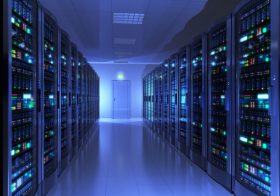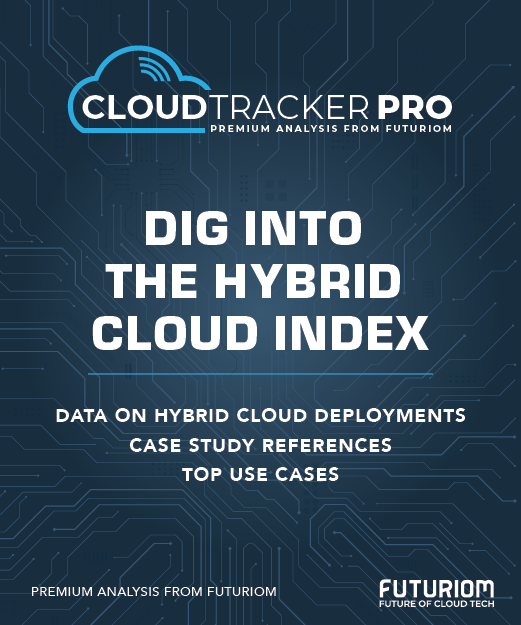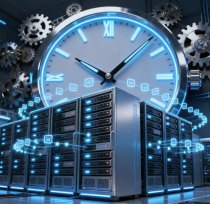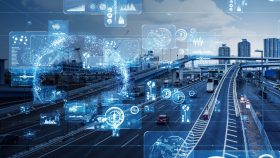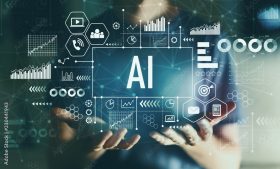How Are Datacenters Coping with Energy?

Datacenters are notoriously massive energy consumers, as anyone who’s stepped into one can attest without ever seeing the meters spinning. It’s apparent in the low, steady roar produced by hundreds of devices humming in tandem and a sweltering hot aisle designed to contain the scorching heat produced by servers churning behind whirling fans.
Studies show up to 75% of organizational operating expense (OpEx) is already devoted to energy, but with the adoption of artificial intelligence (AI), datacenters are adding powerful new processors designed to address the increased computing power needed to work with large data sets and execute complex tasks.
Most of the power currently consumed goes to servers, storage drives, network devices, and cooling/ventilation systems. But as demand for AI grows in so many markets, some experts anticipate an overall 1,220% surge in the need for compute power and predict this to double every 100 days as consumer demand for AI grows. That’s a very high bar for datacenter operators and those who pay the power bill.
Datacenters already account for approximately 1% of global energy consumption, so how are operators coping with the explosive growth of AI and subsequent future power demands? The response is to go “green.” Many hyperscalers and even smaller datacenter operators are turning to renewable energy sources and setting firm carbon-neutral goals in preparation for the future.
Buy One that’s Connected to a Nuclear Plant
This may sound extreme, but challenging times require novel approaches: Amazon recently agreed to purchase a nuclear-powered datacenter campus in Pennsylvania for $650 million. Under terms of the agreement between cloud service provider Amazon Web Services (AWS) and Talen Energy, AWS will receive carbon-free power from Susquehanna, a Talen-owned nuclear power plant that sits adjacent to the facility. With this direct-connect campus, AWS seeks to eventually develop the property into a 960 MW datacenter.
Built in the 1980s, Susquehanna Steam Electric Station is one of the largest nuclear power plants in the country and can provide 2.5 GW, or enough to power roughly 2 million homes and businesses.
Talen broke ground on the 1,200-acre site in 2021 and a 48 MW hyperscale facility, Cumulus Data Assets, was completed two years later. AWS agreed with Talen on a minimum contractual commitment that will see power ramped up over several years in 120 MW increments.
According to executives of both companies, the AWS acquisition puts it on an ambitious path to achieve a net-zero carbon footprint by 2040, a full 10 years ahead of the Paris Agreement on climate change. AWS is also focused on transforming its operations to 100% renewable energy by 2025, five years ahead of its target.
Consider Ever-Greener Solutions to Fight the Energy Crunch
The global energy crisis that began in 2021 after the COVID-19 pandemic has led to worldwide shortages of electricity, oil, and gas and is putting a strain on efforts to power the AI revolution. This explains why AWS and other major cloud service providers are seeking renewable energy sources like solar, hydro, and wind to help power their datacenters.
While it’s still rare for companies to run on entirely renewable energy, Google Cloud, Microsoft Azure, and other large operators continue to pursue sustainable options as they seek to run on fully renewable sources. Oracle Cloud’s Europe-based datacenters are already there and the company aims to convert all its datacenters to 100% renewable by 2025. In addition, Alibaba Cloud and Tencent Cloud are shooting for carbon neutrality by 2030, while OVHcloud is eyeing nuclear and hydro as it moves toward a similar goal. IBM Cloud aims for 90% renewable energy along the same timeline.
One interesting operator is Las Vegas-based Switch, the world’s only Tier 5 datacenter, which means its power and cooling systems are not only fault tolerant but also fault sustainable in design, implementation, and operation. Switch bills itself as “the technology sustainability company” and has operated its five campuses on entirely renewable sources since 2016. The innovative facilities host a wide range of critical infrastructure providers from banks to major media and communications companies.
Changing Times Require New Approaches
In the long shadow of a global energy crisis and with the rapid emergence of resource-needy AI technologies, green energy will present a significant competitive advantage for datacenters. With the U.S. Energy Information Administration (EIA) anticipating renewable power deployments to grow by 17% to 42 GW this year and account for nearly a quarter of electricity generation nationwide, this is sure to spill over into smaller datacenter operators who have yet to finalize and act upon a carbon-neutral plan. Inevitably some will find themselves playing catchup as the future of AI demands new approaches to a growing problem.

